California, the top U.S. food-producing state, is ending use of chlorpyrifos, a pesticide associated with neurodevelopmental problems and impaired brain function in children.
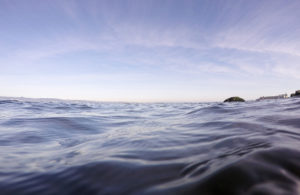
Sign up for our free weekly newsletter and understand everything better!
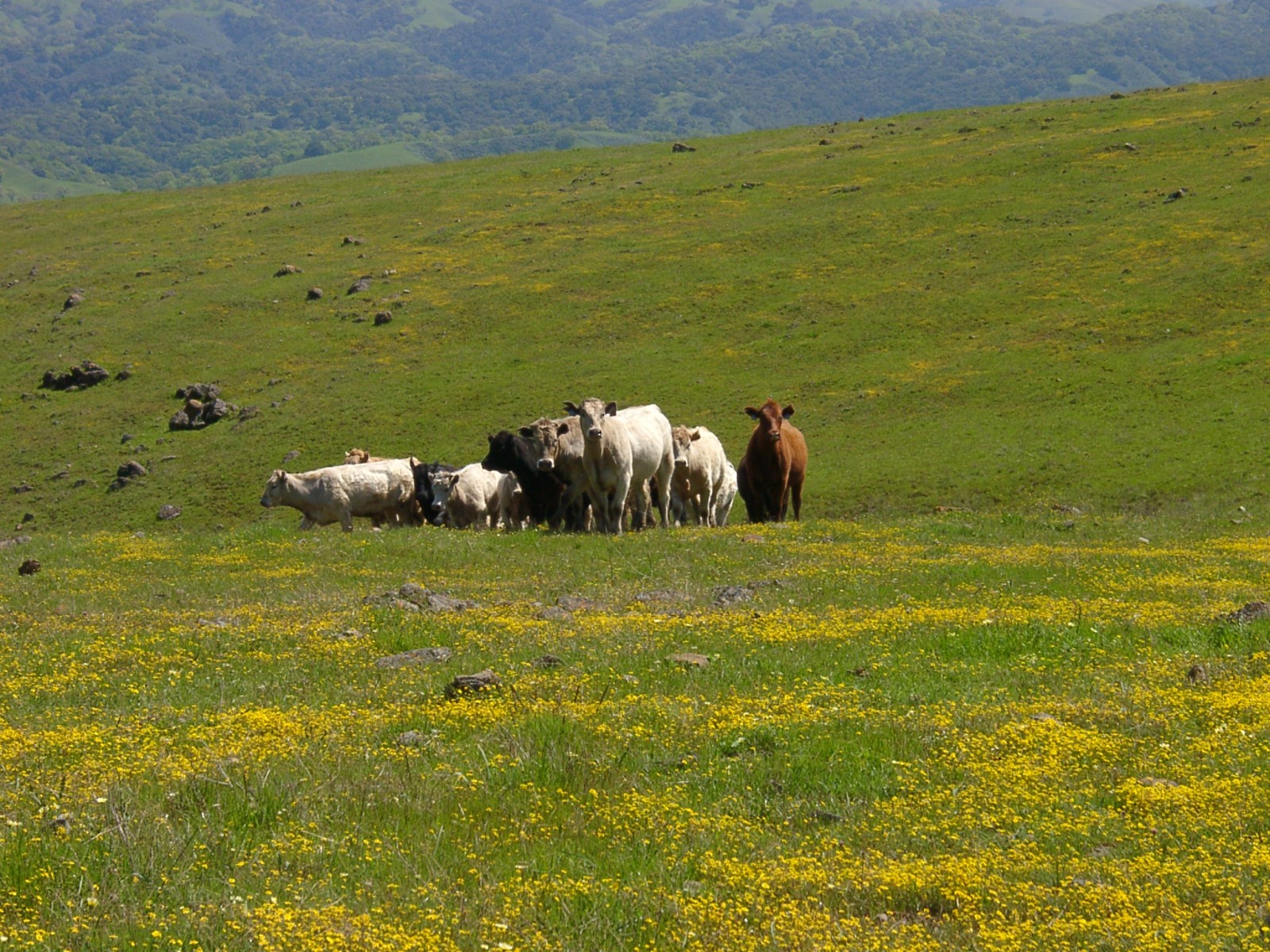

California, the top U.S. food-producing state, is ending use of chlorpyrifos, a pesticide associated with neurodevelopmental problems and impaired brain function in children.
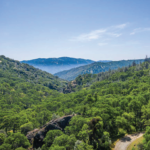
An ecological history of a massive ranch for sale in the Bay Area.
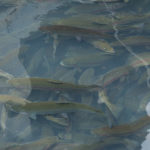
Fish raised on farms generally eat their ground-up oceanic cousins. A farm in Susanville is trying to change that.
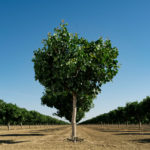
Climate change is upending agriculture and land use in California’s Central Valley
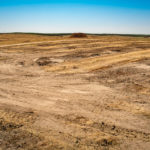
Photographer Jonno Rattman spent a week photographing the Central Valley for Bay Nature’s summer 2019 cover story, “A Time of Reckoning”. He was struck, as he traveled, by the near total absence of people — it was, he says, one … Read more
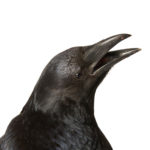
Should an animal’s intelligence change the way we treat it?
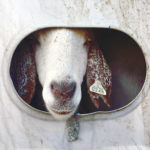
With wildfires likely to continue, land managers turn to a preemptive firefighting tool: grazers
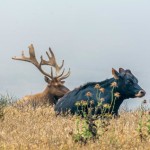
A potentially fatal bacterial disease has been found among a free-roaming tule elk herd at Point Reyes National Seashore, raising concerns about the close proximity of wildlife to cattle on national parkland.
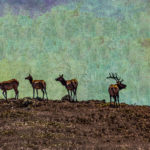
The recovery of the nearly extinct Tule Elk has become a dilemma for the park service, ranchers, and environmentalists at Point Reyes.
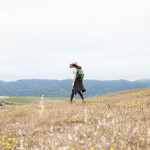
A rare agricultural biodiversity survey gives MALT a chance to explore its stunning new acquisition above Tomales Bay.